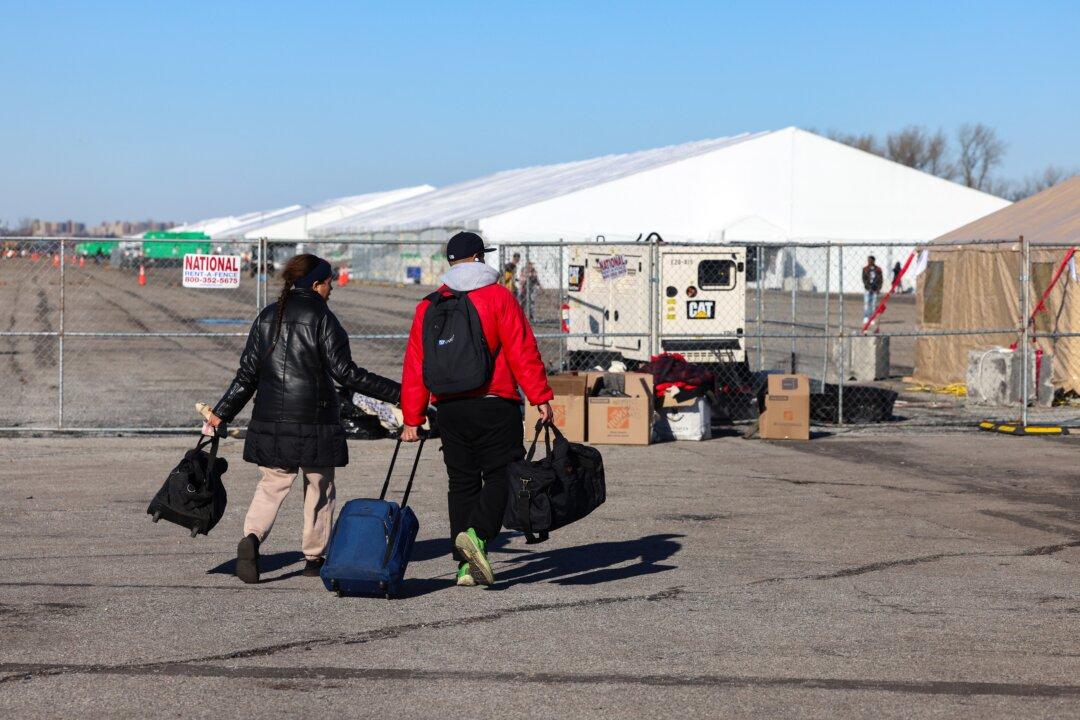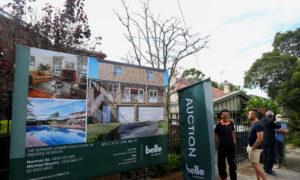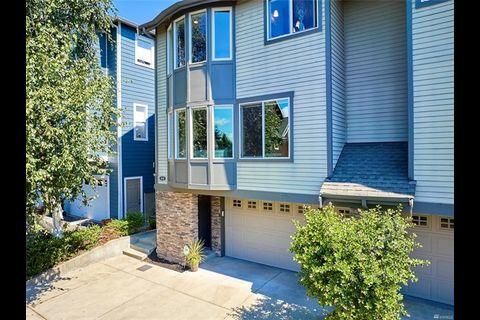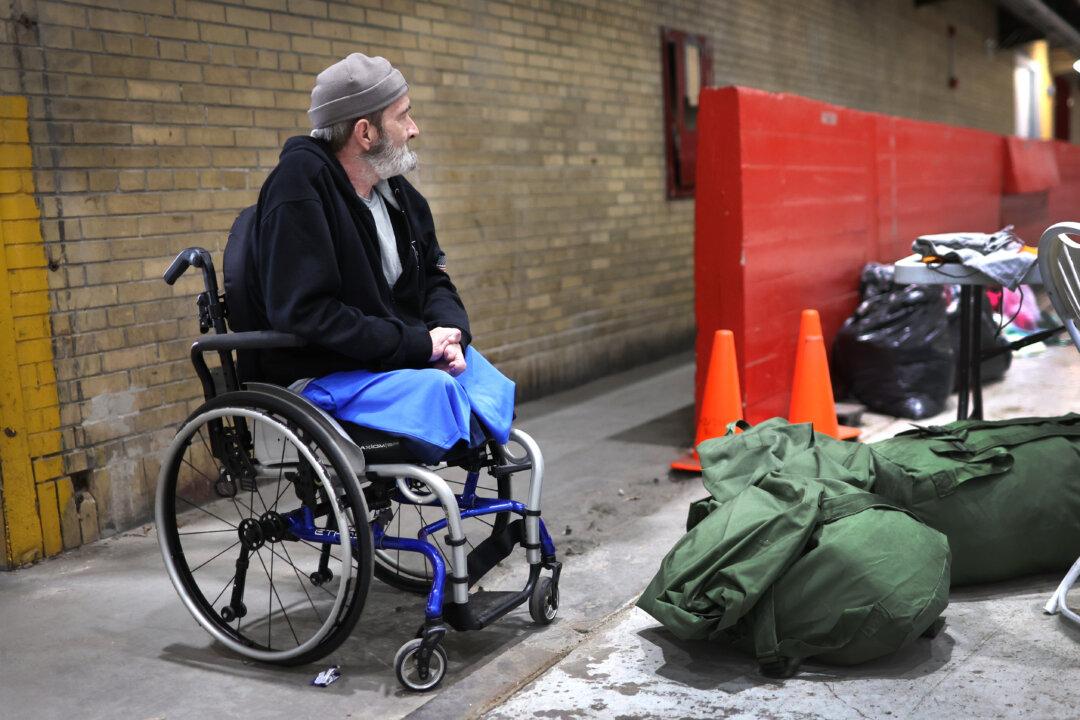Since 2021, millions of illegal migrants have crossed into the United States, and major cities in sanctuary states from New York to California are now grappling with a crisis situation as shelters, city streets and even subways are bursting at the seams.
Not only is the surge of humanity affecting city budgets and quality of life issues but also some real estate experts believe it will ultimately affect the housing market—especially for first-time homebuyers who are already battling against escalating prices in a market where inventory remains scarce.
Moises Agami, CEO of Valor Capital Real Estate Development, told The Epoch Times that the current migrant situation could ultimately cause a serious “houseless” problem, especially among potential first-time homebuyers. “This has been an unnatural and unanticipated situation and eventually as these migrants obtain jobs and become part of the economy, the result is going to be a bigger housing crisis than we already have,” he explained.
Inventory throughout the nation is already low, leading to mounting home prices and more unaffordable options for first-time buyers. According to a March report from the National Association of Realtors (NAR), the median existing home sales price last month jumped 5.7 percent since February 2023, to $384,500. This represents the eighth consecutive month of year-over-year price increases.
Realtor.com noted that this spring, both buyers and sellers will continue to deal with some challenges. “Buyers face still-high prices and mortgage rates, as well as historically low inventory levels,” said Hannah Jones, a senior economic research analyst at Realtor.com. Meanwhile, mortgage lender Freddie Mac reports the current mortgage interest rates are hovering around 6.87 percent—a rate that could still be keeping potential sellers who are now paying lower interest rates from entering the market.
“Migrants are obviously not coming in with a lot of money and most likely will not be taking over higher-paying jobs,” added Mr. Agami. “This means they’ll be competing with American low- and middle-income earners who are already trying to find a home or apartment they can afford, thus affecting the pyramid of housing.”
Another problem, notes Mr. Agami, is that new construction is also slowing down—especially in multi-family developments. “Construction for this type of housing is down 30 percent from 2022,” he said. “It plummeted to $95 billion nationwide in 2023 from close to $148 billion in 2022.”
The current U.S. housing supply is short by more than 7.2 million homes, with household formations outpacing both single-family and multi-family home construction in 2023. “The U.S. is in a long-term housing shortage, with the construction of new homes failing to keep pace with a growing population,” said Danielle Hale, chief economist at Realtor.com. She also noted that as mortgage rates and high prices caught up to buyers, homebuilders pivoted to multi-family housing starts through late 2022, and that sector may be on track to increase for 2024.
While additional multi-family developments may take a small chunk out of the overall shortfall, Mr. Agami warns that inflation is likely to push the sales prices upward. “Loans are more expensive for developers as well, plus they’re paying more for materials, which then raises the cost of the new housing,” he said. “Whether they’re planning to sell or rent the properties, the increased costs will ultimately be passed on to the consumers.”
Bianca D’Alessio of Nest Seekers International, based in Manhattan, agrees that the migrant crisis could have a significant impact on the overall housing market in the New York metropolitan area. “Right now, we don’t have enough supply to fill the demand, and we’re going to keep seeing price hikes,” she told The Epoch Times. “First-time homebuyers and even renters are going to be impacted.”
Ms. D’Alessio notes the influx of illegal migrants to New York City is causing a myriad of issues, including overrun homeless shelters and even subways crowded with homeless people seeking shelter. “It’s definitely escalating the current situation and impacting the real estate market and livability of New York City,” she admitted. “It’s too expensive to be bringing in people who can’t afford to live here, and the government is not setting up these migrants for assimilation or success.”
Even when migrants are able to obtain jobs, she added, the likelihood of them being able to afford an apartment in New York City is slim. “Rents are already exorbitant, and they keep going up,” Ms. D’Alessio explained. “Developers need to be building more affordable housing or converting older buildings, but that again could create problems for neighborhoods, depending on where the housing is placed.
Despite the city’s mounting difficulties, Ms. Dalessio remains hopeful. “I’m very ‘pro-New York.’ I love living here, and there are so many people who will always want to live here,” she shared. “What I’d love to see is more government attention like offering incentives such as tax rebate programs to spur more development. That way we’ll have more homes for every day New Yorkers who can’t afford the high prices but need to be here for their jobs or families.”
Mr. Agami agrees that more programs are needed to facilitate the development of housing in general, with more perks for developers. “In a healthy market, typically people spend about 30 percent of their income on housing,” he noted. “But now with the cost of rents and purchase so high, people are spending 50 percent or more, and often don’t have enough left over for any savings.”
Using Florida as another example, Mr. Agami noted that over 350,000 people moved there during the pandemic, creating a massive real estate boom and doubling home prices. Now with the continual influx of illegal migrants all over the nation, there are millions of people flowing in and no places for them to live. “This puts significant pressure on the whole ecosystem,” Mr. Agami said. “It’s not that we don’t want immigration, but it needs to be done in an organized, planned and sustainable way. A country without borders is not a country.”






